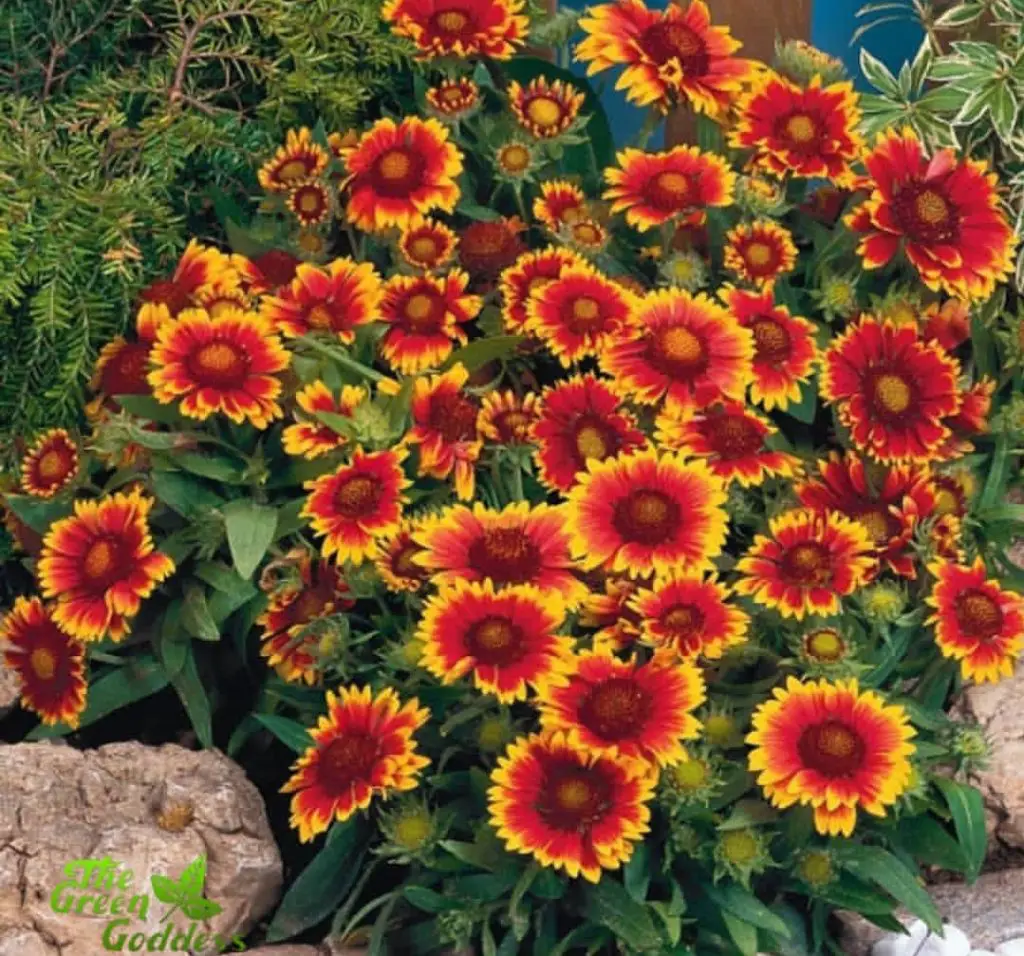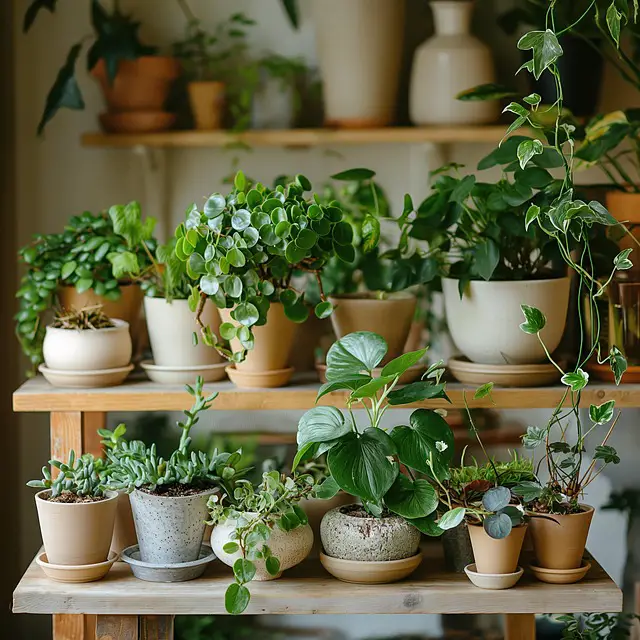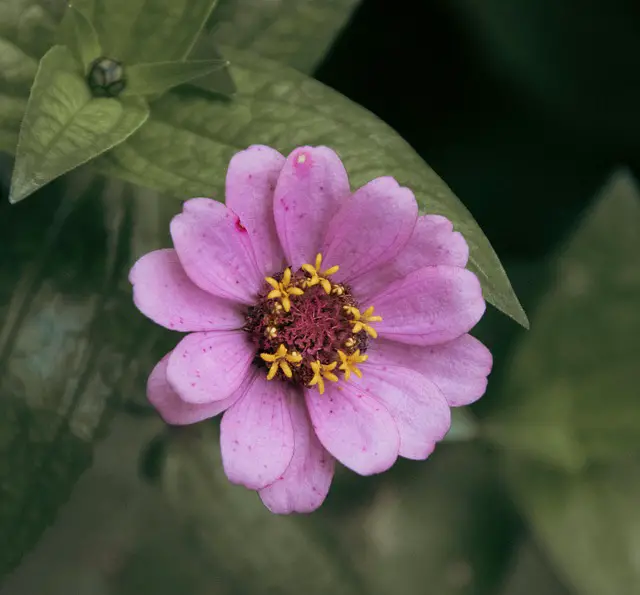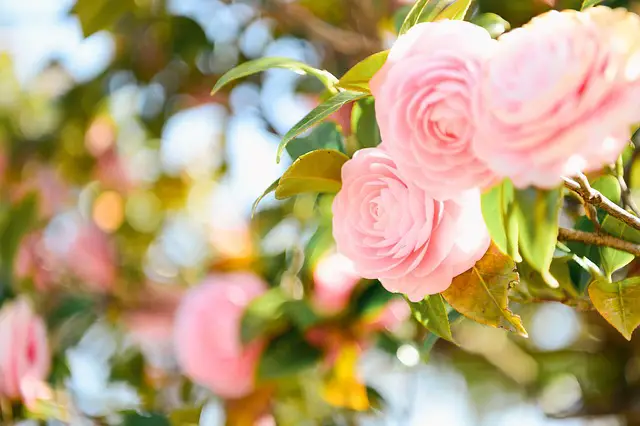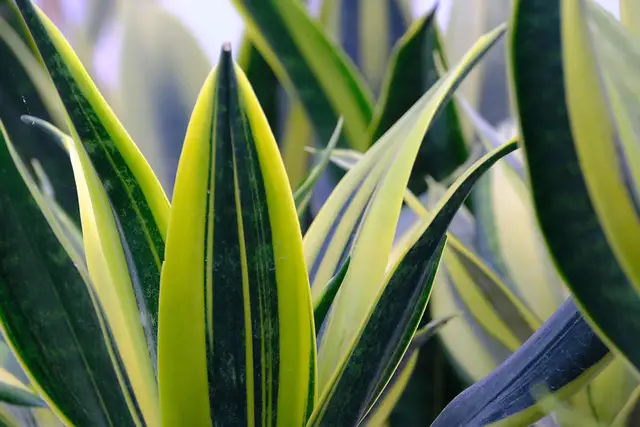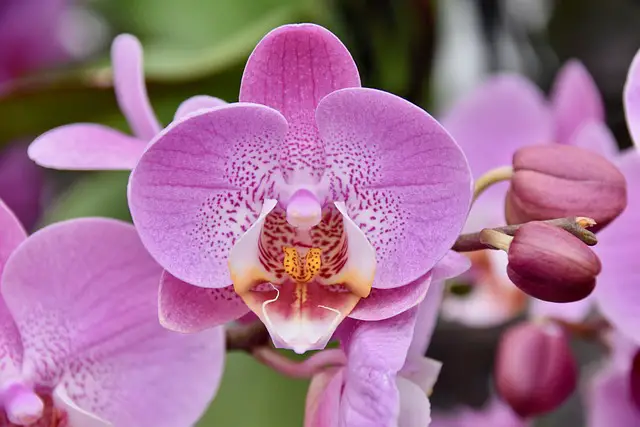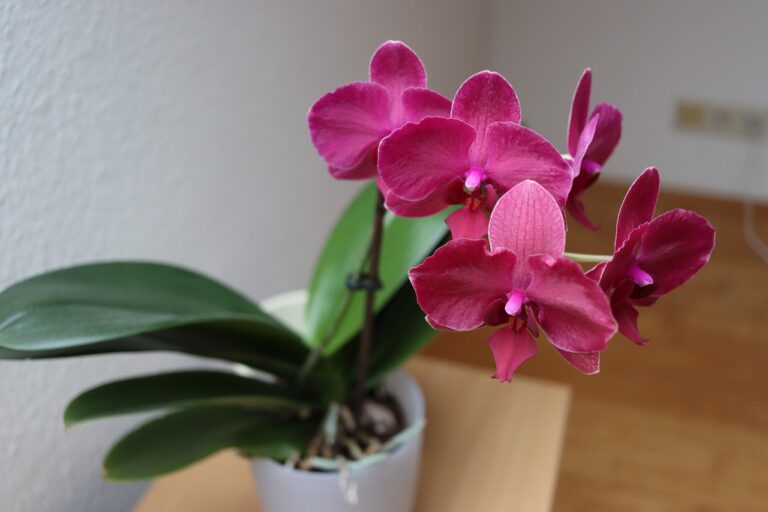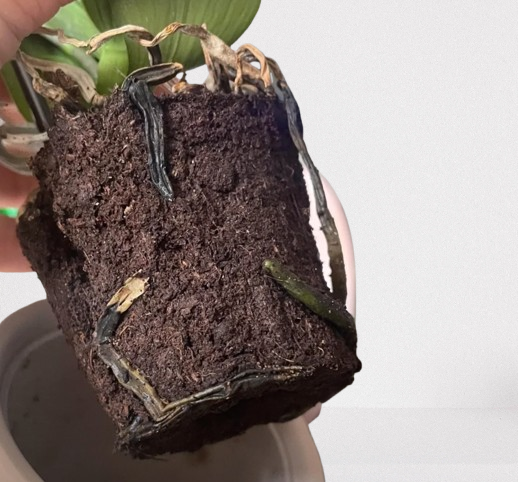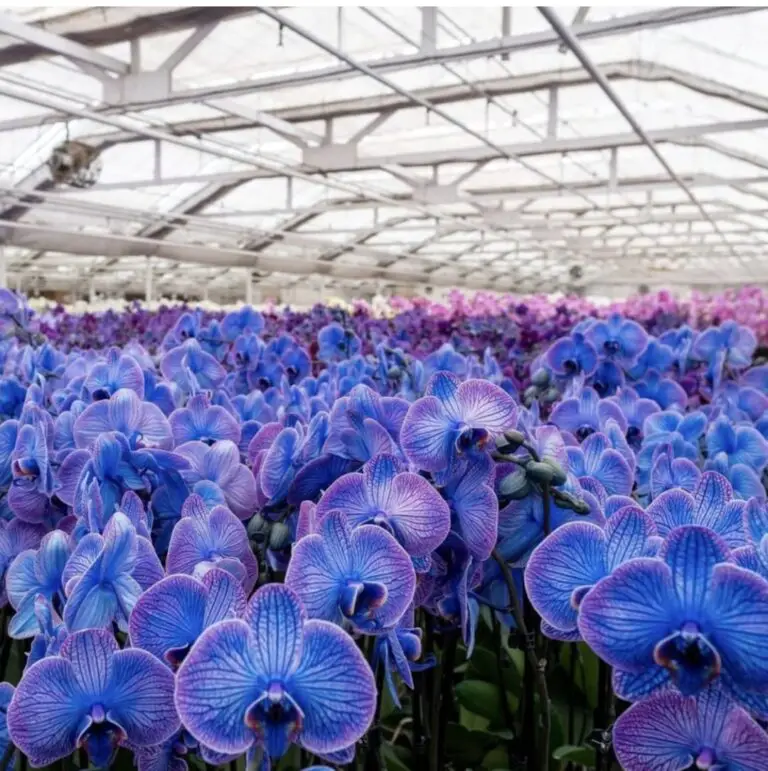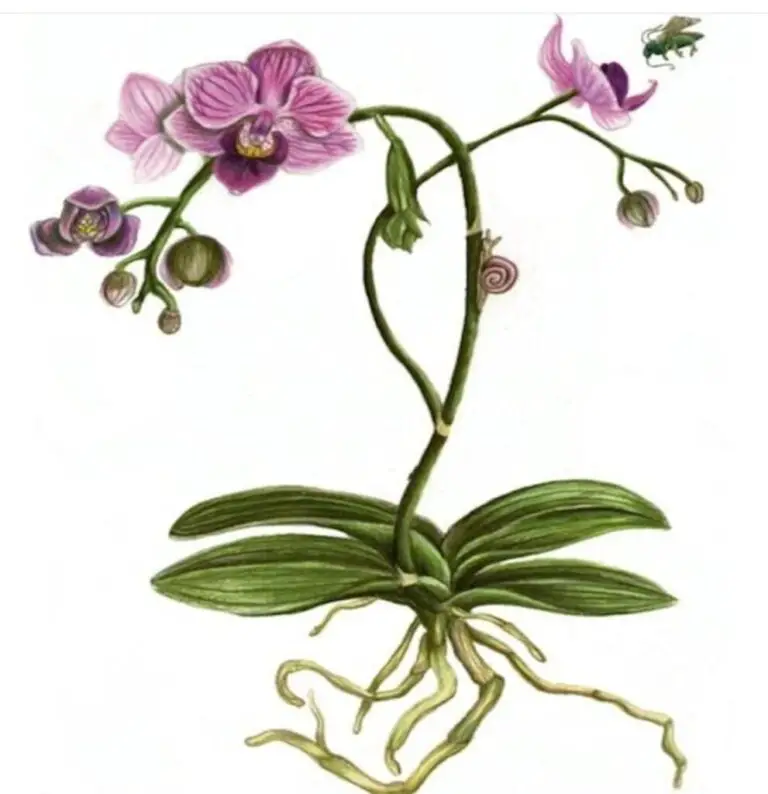Blanket Flower, scientifically known asblanket flower Gaillardia Pulchella. This stunning perennial is beloved by gardeners worldwide for its fiery red and yellow blooms that seem to glow under the summer sun. Not only does it add a bold splash of color, but it’s also remarkably drought-tolerant and low-maintenance—perfect for both beginners and seasoned gardeners.
Whether you’re cultivating a cottage garden, a wildflower meadow, or a sunny border, Blanket Flowers thrive in a variety of settings and climates. Their resilience, long blooming season, and ability to attract pollinators like bees and butterflies make them an essential plant for any thriving garden ecosystem. However, like all plants, Gaillardia Pulchella does best when given the right care.
In this comprehensive guide, we’ll share the 20 best care tips to help your Blanket Flowers flourish and create a beautiful garden that turns heads. From selecting the perfect planting spot and soil preparation to watering, feeding, and pest control, these tips cover everything you need to know for stunning, continuous blooms. Whether you want to brighten your garden beds or grow eye-catching container displays, mastering these care techniques will ensure your Blanket Flowers remain healthy, vibrant, and a true standout season after season.
Get ready to dive into the world of Blanket Flower care and unlock the secrets to growing one of the most dazzling and dependable flowers in your garden. Your colorful, beautiful outdoor space is just a few care tips away!
- 1 Section 1: Understanding Blanket Flower Gaillardia Pulchella
- 2 1. What is Blanket Flower Gaillardia Pulchella?
- 3 2. Native habitat and growing conditions
- 4 3. Bloom characteristics and colors
- 5 Section 2: Planting Tips
- 6 4. Choosing the right location (sunlight requirements)
- 7 5. Soil type and preparation
- 8 6. Best planting season
- 9 7. Spacing for optimal growth
- 10 8. Watering frequency and tips
- 11 9. Ideal fertilizers and feeding schedule
- 12 10. Mulching benefits for moisture retention
- 13 Section 4: Maintenance and Care
- 14 11. Deadheading to promote continuous blooms
- 15 12. Pruning tips for healthy growth
- 16 13. Dealing with common pests and diseases
- 17 14. How to handle extreme weather conditions
- 18 Section 5: Enhancing Garden Beauty
- 19 15. Companion plants that pair well with Blanket Flowers
- 20 16 Designing gardens with blanket flowers for borders, beds, and containers
- 21 17. Attracting pollinators like bees and butterflies
- 22 18. Propagation techniques: seeds and cuttings
- 23 Section 6: Troubleshooting Common Issues
- 24 19. Signs of nutrient deficiencies or overwatering
- 25 20. Tips to revive struggling plants
- 26 FAQS
Section 1: Understanding Blanket Flower Gaillardia Pulchella
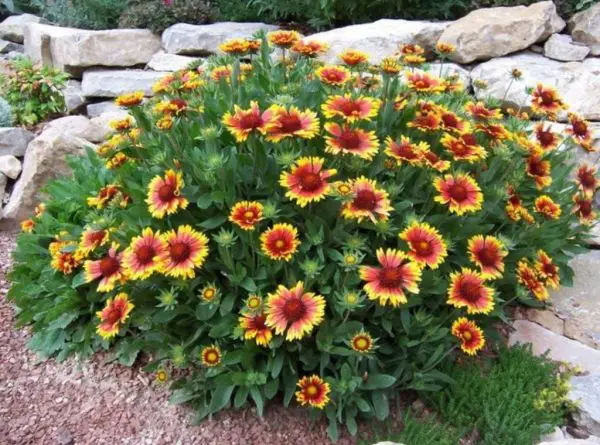
1. What is Blanket Flower Gaillardia Pulchella?
Originally from North and South America, Gaillardia Pulchella is a resilient flowering plant. Its striking red, orange, and yellow flowers, which resemble a flaming sunset, are what make it famous. This flower is a vibrant addition to any garden because it grows well in warm regions and draws pollinators.
2. Native habitat and growing conditions
Blanket Flowers naturally grow in dry, sunny areas with well-drained soil. Naturally, blanket flowers thrive in sunny, dry places with well-drained soil. They can withstand poor soil conditions and enjoy full sun exposure.Their native habitat informs their drought resistance and ability to flourish in hot, dry climates with minimal water.
3. Bloom characteristics and colors
The flowers bloom from early summer to fall, showcasing striking red and yellow hues with a dark center. Their daisy-like form provides a bright, appealing touch. The long bloom period ensures your garden stays colorful for months with proper care.
Section 2: Planting Tips
4. Choosing the right location (sunlight requirements)
Plant Blanket Flowers in a spot where they receive at least six to eight hours of direct sunlight daily. Full sun exposure is crucial for healthy growth and abundant flowering. Avoid shaded or overly damp areas to prevent weak stems and reduced bloom production
.
5. Soil type and preparation
These blooms thrive in well-drained sandy or loamy soil. Preparing soil by loosening it and adding compost can improve fertility and structure. Avoid heavy clay soils that retain water, as Blanket Flowers are prone to root rot in soggy conditions.
6. Best planting season
When there is no longer a chance of frost, spring is the best season to sow blanket flowers.Starting in spring allows plants to establish strong roots before the heat of summer, promoting robust growth and plentiful blooms throughout the growing season.
7. Spacing for optimal growth
Space plants about 12 to 15 inches apart to ensure good air circulation and reduce competition for nutrients. Proper spacing also helps prevent fungal diseases and encourages each plant to develop a full, bushy shape with plenty of flowers.
Section 3: Watering and Feeding
8. Watering frequency and tips
Water Blanket Flowers deeply but infrequently to mimic their natural dry environment. Allow the soil to dry out between watering sessions. While underwatering might stress the plant and limit blooming, overwatering can cause root rot.
9. Ideal fertilizers and feeding schedule
Feed Blanket Flowers with a balanced, slow-release fertilizer in early spring. Avoid high-nitrogen fertilizers, which encourage leaf growth but reduce flowers.Healthy plant development and vivid flowers are supported by light feeding every 6–8 weeks.
10. Mulching benefits for moisture retention
Plants benefit from an organic mulch layer that controls soil temperature, inhibits weed growth, and retains soil moisture. Mulching also enriches the soil as it breaks down, providing nutrients and improving overall plant health.
Section 4: Maintenance and Care
11. Deadheading to promote continuous blooms
Pinched or chopped off spent blossoms on a regular basis. Deadheading encourages the plant to produce more blooms instead of seed pods, extending the flowering season and keeping the garden looking fresh and colorful.
12. Pruning tips for healthy growth
After the first bloom, light pruning promotes a second flowering. For a neat appearance and disease prevention, trim back lanky or overgrown stems. To prevent harming the plant, use clean, sharp instruments.
13. Dealing with common pests and diseases
Although blanket flowers are often pest-resistant, they may occasionally draw spider mites or aphids. Use neem oil or insecticidal soap to treat infestations early. Proper spacing and watering help prevent fungal diseases like powdery mildew.
14. How to handle extreme weather conditions
In hot, dry spells, provide occasional deep watering to keep plants healthy. During unexpected cold snaps, protect young plants with frost cloths or bring container plants indoors. Blanket Flowers are resilient but benefit from extra care in extreme weather.
Section 5: Enhancing Garden Beauty
15. Companion plants that pair well with Blanket Flowers
Pair Blanket Flowers with other sun-loving plants like lavender, coneflowers, or black-eyed Susans. These combinations create a vibrant, pollinator-friendly garden with varied colors and textures, enhancing overall visual appeal.
16 Designing gardens with blanket flowers for borders, beds, and containers
Blanket Flowers work well in garden borders, mixed beds, and containers. Their bright colors create striking edges and focal points. In containers, they bring cheerful bursts of color to patios or balconies with minimal care.
17. Attracting pollinators like bees and butterflies
Bees and butterflies are among the many pollinators drawn to Gaillardia Pulchella.Planting them near vegetable or fruit gardens can increase pollination and improve crop yields, making them both beautiful and beneficial.
18. Propagation techniques: seeds and cuttings
Propagate Blanket Flowers by collecting seeds after flowering or by taking cuttings in early summer. Seed propagation is easy and cost-effective, while cuttings ensure genetic consistency and faster flowering.
Section 6: Troubleshooting Common Issues
19. Signs of nutrient deficiencies or overwatering
Yellowing leaves or stunted growth can indicate nutrient deficiency or overwatering. Regularly check the moisture content of the soil and modify watering practices.Apply balanced fertilizer if deficiencies appear, and ensure soil drains well to avoid root problems.
20. Tips to revive struggling plants
If your Blanket Flower looks weak, try relocating it to a sunnier spot, reducing watering, or improving soil drainage. Removing damaged parts and applying fertilizer can boost recovery. Consistent care will help restore its vibrant blooms.
By following these 20 best care tips, your Blanket Flower Gaillardia Pulchella will reward you with stunning, long-lasting blooms and vibrant garden color. This hardy, easy-to-grow plant is perfect for gardeners seeking beauty with low maintenance. Start caring for your Blanket Flowers today and enjoy a beautiful garden all season long.
FAQS
What is Blanket Flower Gaillardia Pulchella?
Blanket Flower Gaillardia Pulchella is a bright, daisy-like perennial known for its red, orange, and yellow petals. It’s native to North and South America and thrives in sunny areas. This plant is admired for its long blooming season and ability to attract pollinators like butterflies and bees.
2. How do I grow Blanket Flower Gaillardia Pulchella from seeds?
To grow Blanket Flower Gaillardia Pulchella from seeds, sow them directly into the soil after the last frost. They require full sun and well-drained soil. Lightly press seeds into the ground without covering them too much, as they need sunlight to germinate successfully.
3. What are the sunlight and soil requirements for Blanket Flower Gaillardia Pulchella?
Blanket Flower Gaillardia Pulchella thrives in full sunlight and prefers sandy or well-drained soil. It’s drought-tolerant once established, making it a great choice for xeriscaping or low-water gardens. Avoid overly rich soil, which can reduce blooming and cause the plant to become leggy.
4. How often should I water Blanket Flower Gaillardia Pulchella?
Water Blanket Flower Gaillardia Pulchella sparingly. Once established, this plant is drought-tolerant and only needs water during extended dry periods. Overwatering can cause root rot or fungal diseases, so ensure the soil is dry between watering sessions for best growth and bloom health.
5. Is Blanket Flower Gaillardia Pulchella good for pollinators?
Yes, Blanket Flower Gaillardia Pulchella is excellent for attracting pollinators. Its vibrant blooms lure butterflies, bees, and other beneficial insects. This makes it a great addition to pollinator gardens and a helpful plant for supporting local ecosystems and increasing biodiversity in your yard.
6. Can I use containers to cultivate Blanket Flower Gaillardia Pulchella?
Blanket Flower Gaillardia Pulchella grows well in containers as long as the pots have good drainage and are placed in full sunlight.Don’t overwater and choose a potting mix that drains well.Regular deadheading will encourage continuous blooming throughout the growing season in potted arrangements.
7. How long does Blanket Flower Gaillardia Pulchella bloom?
Blanket Flower Gaillardia Pulchella boasts a long blooming period, typically from early summer to the first frost. Deadheading spent blooms can help prolong the flowering season. This extended bloom time makes it a popular choice for gardeners seeking consistent color in landscapes and beds.
8.Is Gaillardia Pulchella, the blanket flower, an annual or perennial?
Blanket Flower Gaillardia Pulchella is technically a short-lived perennial but often grown as an annual in colder climates. In USDA zones 3–10, it can survive winters with proper mulching. In colder regions, replanting or reseeding may be needed each growing season.
9. How do I care for Blanket Flower Gaillardia Pulchella during winter?
To overwinter Blanket Flower Gaillardia Pulchella, cut back the stems after blooming ends and apply mulch to insulate roots in colder climates. Avoid watering during dormancy. In mild climates, this flower may continue blooming sporadically through winter with minimal protection.
10. Are there pests or diseases that affect Blanket Flower Gaillardia Pulchella?
Blanket Flower Gaillardia Pulchella is relatively pest-resistant but may occasionally face problems from aphids, leafhoppers, or powdery mildew. Avoiding overhead watering, maintaining enough spacing, and promoting good air circulation can all lower the risk.Natural insecticidal soaps can be used if pest infestations occur.
11. Can Blanket Flower Gaillardia Pulchella be propagated by division?
Yes, Blanket Flower Gaillardia Pulchella can be propagated by division in spring or early fall. Replant in the designated locations after carefully excavating the plant and dividing the root cluster. Additionally, dividing plants every two to three years keeps them vigorously blossoming and revitalises older plants.
12. What companion plants work well with Blanket Flower Gaillardia Pulchella?
Blanket Flower Gaillardia Pulchella pairs well with other drought-tolerant species like lavender, coneflowers, black-eyed Susans, and ornamental grasses. These companions thrive under similar conditions and enhance the garden’s color palette, texture, and ecological benefits for pollinators and beneficial insects.
13. How tall does Blanket Flower Gaillardia Pulchella grow?
Gaillardia Pulchella, the blanket flower, usually reaches a height of 12 to 24 inches and spreads up to 18 inches. It is perfect for borders, garden edges, or pots because of its compact, bushy appearance.Regular pruning and deadheading encourage bushier growth and prevent legginess.
14. Does Blanket Flower Gaillardia Pulchella self-seed?
Yes, Blanket Flower Gaillardia Pulchella often self-seeds if spent flowers are left to dry and drop. New plants may emerge the next season as a result. If you prefer controlled growth, remove seed heads before they mature or collect seeds for intentional planting.
15. Why is it called Blanket Flower Gaillardia Pulchella?
Blanket Flower Gaillardia Pulchella gets its name from the colorful patterns resembling Native American woven blankets. The species name “pulchella” means “beautiful” in Latin, a fitting description of its vibrant, fiery blooms that add intense beauty to any garden landscape.
